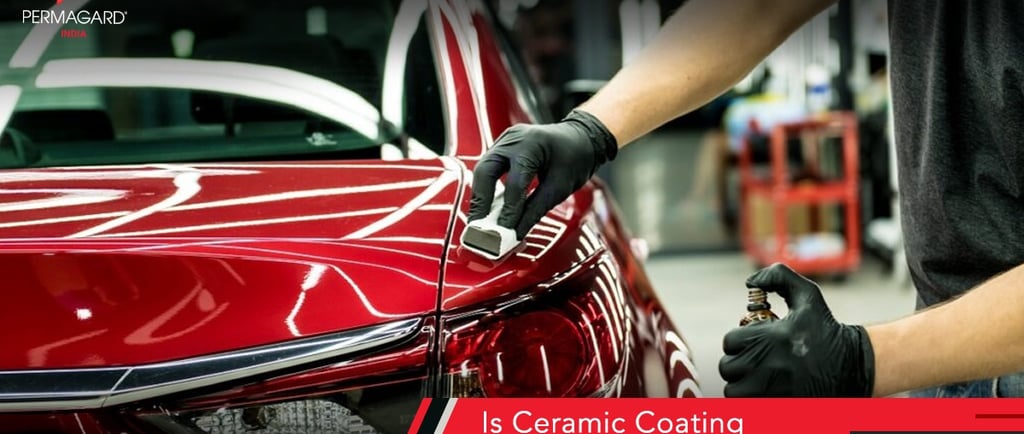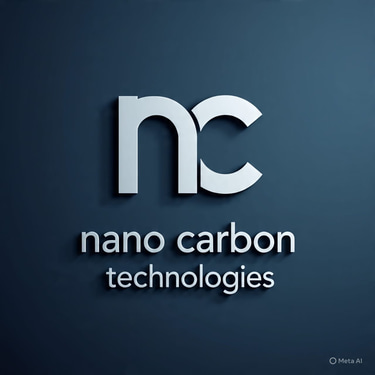Nano Coating info
nano coating info
chittaranjan
3/5/20242 min read


Nano coating, also known as nanocoating or nanofilm, refers to a thin layer of nanoscale material applied to a surface to provide enhanced properties such as durability, water repellency, scratch resistance, and easy cleaning. These coatings are typically composed of nanoparticles or nanostructured materials, which exhibit unique characteristics due to their small size and high surface area-to-volume ratio.
Here's some comprehensive information about nano coatings:
1. Composition: Nano coatings can be made from various materials including ceramics, polymers, metals, and hybrid compounds. These materials are engineered at the nanoscale to form thin films that adhere tightly to the substrate surface.
2. Properties: Nano coatings offer a range of desirable properties depending on the specific application and composition. Common properties include:
- Hydrophobicity: Nano coatings can make surfaces water-repellent, preventing water, oils, and other liquids from adhering to the substrate.
- Oleophobicity: Some nano coatings repel oils and grease, making surfaces resistant to fingerprints and stains.
- Self-cleaning: Certain nano coatings possess self-cleaning properties, allowing dirt and contaminants to be easily washed away by water or rain.
- Scratch resistance: Nano coatings can improve the hardness and scratch resistance of surfaces, protecting them from damage.
- UV protection: Some nano coatings offer UV-blocking properties, protecting surfaces from sunlight-induced degradation and fading.
- Anti-corrosion: Nano coatings can provide a barrier against moisture and corrosive substances, extending the lifespan of metal surfaces.
3. Application: Nano coatings can be applied to a wide range of substrates including metals, glass, ceramics, plastics, and textiles. They are typically applied using techniques such as spraying, dipping, brushing, or vapor deposition. The coatings form a thin, transparent layer that bonds to the substrate surface at the molecular level.
4. Applications: Nano coatings find applications in various industries and products including:
- Automotive: Nano coatings are used to protect car paintwork, windows, and interiors from scratches, water spots, and UV damage.
- Electronics: Nano coatings provide moisture and corrosion resistance to electronic components, improving their reliability and lifespan.
- Textiles: Nano coatings can make fabrics water-repellent, stain-resistant, and easier to clean, without affecting their breathability or texture.
- Construction: Nano coatings are used to protect building facades, concrete surfaces, and architectural glass from weathering, pollution, and graffiti.
- Healthcare: Nano coatings are employed in medical devices, implants, and equipment to prevent bacterial adhesion and biofilm formation, reducing the risk of infections.
5. Environmental and Health Considerations: While nano coatings offer numerous benefits, there are also concerns regarding their environmental impact and potential health risks associated with nanoparticle exposure during manufacturing and application. Research is ongoing to understand and mitigate these risks through proper handling, disposal, and regulation of nanomaterials.
Overall, nano coatings represent a versatile and innovative technology with the potential to improve the performance, longevity, and functionality of a wide range of products and surfaces. However, it's important to balance the benefits of nano coatings with their potential risks and to ensure responsible use and disposal to minimize environmental and health impacts.
